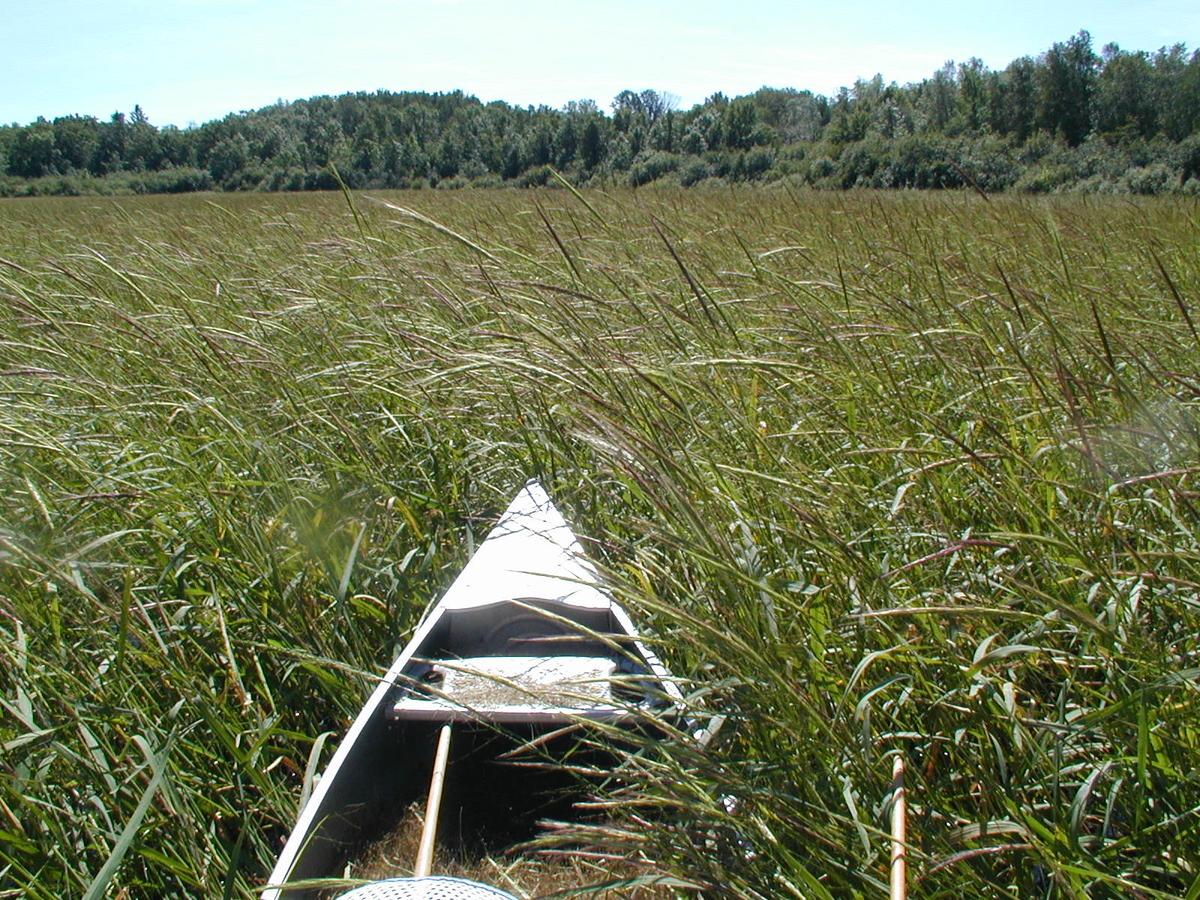
Image Credit: Eli Sagor/Flickr
Native wild rice (Zizania palustris), known as manoomin in Ojibwe, is a culturally significant crop for native peoples across the upper Great Lakes Region. The health and abundance of wild rice across the region is currently in decline, due to stressors such as lake water levels, increasing levels of organic matter inputs, warming winter temperatures, and an increase in storm frequency and intensity.
By examining historical changes recorded in sediment cores, the project seeks to reconstruct past environmental conditions. Analyzing the relationships between environmental variables and wild rice will allow for better understanding of the factors contributing to wild rice decline. As a result, this project will inform decisions on lake management.
Funding
Support for this project is provided by Minnesota Sea Grant’s 2024-2026 Biennial Request for Proposal program. Every two years MNSG awards approximately $2 million in research grants through a rigorous, competitive, peer-reviewed process. Researchers based in Minnesota, who are not federal employees, are invited to apply. Grant awards average about $45,000 per year for two years, plus a graduate research associate whose cost does not count against the project budget.
Project team
Project Manager:
Lienne Sethna
lsethna@smm.org
Postdoctoral Fellow
St. Croix Watershed Research Station
Why Sea Grant?
This project supports Minnesota Sea Grant's focus area on Healthy Coastal Ecosystems through:
- Advancement of environmental knowledge to support coastal ecosystem management.
- Development of methodology that supports water quality improvements.
- Ecosystem service evaluations of wild rice restoration approaches.
Lead scientist(s)
Lienne Sethna
lsethna@smm.org
Postdoctoral Fellow
St. Croix Watershed Research Station